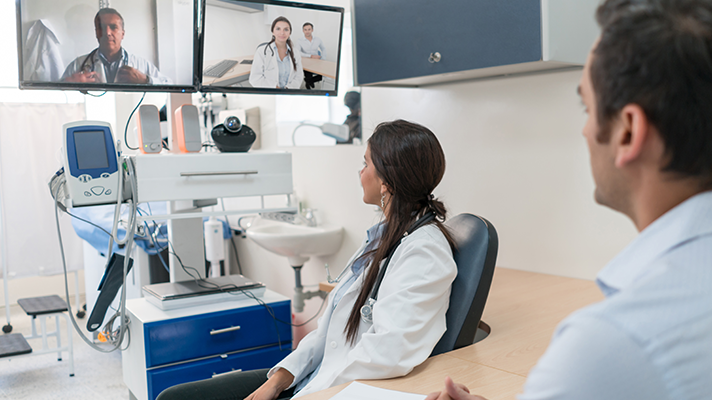Medically Reviewed by Dr. Hanif Chatur
Key Takeaways
– Remote Patient Monitoring (RPM) data analytics offers a cost-effective solution by shifting from reactive to proactive healthcare, reducing hospitalizations, and improving patient outcomes.
– Remote Patient Monitoring data analytics empowers healthcare organizations to optimize resource allocation, streamline workflows, and make informed decisions, leading to significant cost savings while maintaining high-quality patient care.
Unlocking Cost Reduction through Remote Patient Monitoring Data Analytics
In an era where healthcare costs continue to escalate, the integration of Remote Patient Monitoring (RPM) data analytics has emerged as a game-changing strategy for healthcare providers. RPM involves the use of digital technologies to collect and analyze patient health data remotely, enabling timely interventions and personalized care. By harnessing the power of Remote Patient Monitoring data analytics, healthcare organizations can streamline processes, enhance efficiency, and significantly reduce costs across the board.
Interested in learning more about RPM?
Click here to book a Consultation
Enhancing Preventive Care and Early Intervention
One of the key ways Remote Patient Monitoring data analytics contributes to cost reduction is by focusing on preventive care and early intervention. Traditional healthcare models often involve costly hospitalizations and reactive treatments. RPM flips this paradigm by continuously monitoring patients’ vital signs and health metrics in real-time. This enables healthcare professionals to detect deviations from baseline health patterns promptly. As a result, potential issues can be addressed before they escalate into severe conditions, leading to fewer hospitalizations and emergency interventions. This shift from reactive to proactive care not only saves healthcare costs but also improves patient outcomes and satisfaction.
Optimizing Resource Allocation and Improving Workflow Efficiency
Remote Patient Monitoring data analytics provides healthcare institutions with valuable insights into patient trends, adherence to treatment plans, and response to interventions. These insights empower healthcare administrators to optimize resource allocation and streamline workflows. For instance, hospitals can allocate beds based on actual patient needs, reducing unnecessary admissions. Additionally, healthcare providers can allocate medical staff more efficiently, ensuring that the right level of care is provided to patients who need it most. By utilizing Remote Patient Monitoring data analytics, healthcare organizations can minimize resource wastage, enhance staff productivity, and allocate funds more judiciously, ultimately leading to substantial cost savings.
Do you want to cut costs for your healthcare business and increase efficiency?
Get in Contact with us to learn more
MarkiTech and RPM:
As we walked through the major advantages of digital healthcare as well as the rapid acceleration and adaptation of the healthcare industry to implement digital healthcare solutions into its various sectors, you might want to know how MarkiTech fits into the picture. MarkiTech has various subsidiaries with products and services targeted towards digital healthcare and telehealth/telemedicine and virtual clinic with laser focus on helping seniors age in place and help their caregivers. Sensights.ai is a company focused on remote patient monitoring and aging solutions, which utilizes artificial intelligence to track the health of patients and keep a round-the-clock connection between caregivers and patients. As well, Veyetals (website: Veyetals.com) uses rPPG and AI modeling algorithms to capture the light reflected by the blood vessels under a patient’s skin to measure vitals anytime, anywhere. Lastly, we are now launched our latest Mental Health AI Scribe tool called CliniScripts.com.



